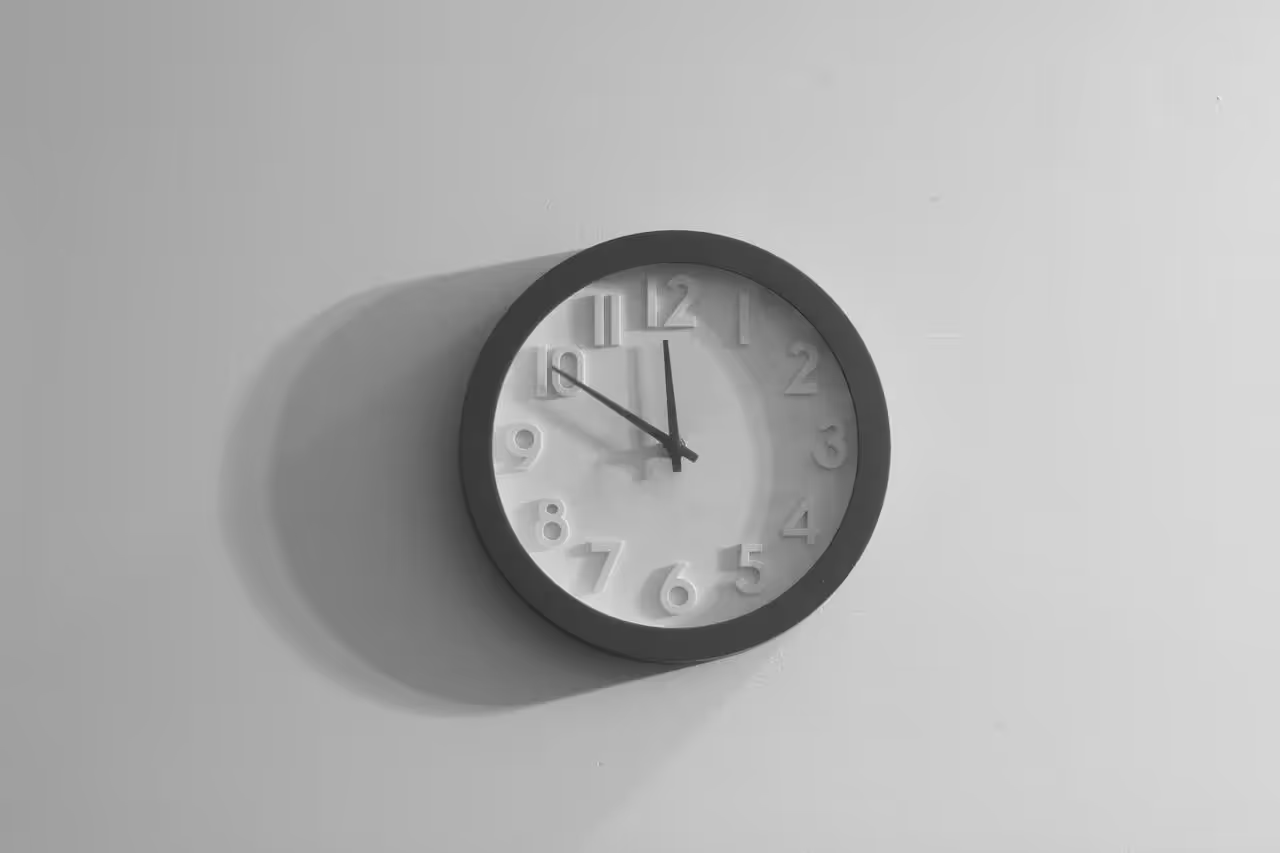Understanding Minnesota's Time Zone: Your Complete Guide
Whether you're planning a trip, scheduling a meeting, or simply curious, knowing Minnesota’s time zone is essential. Time zones can impact everything from your travel plans to online conferencing. Let’s break it down clearly and make sure you’re always on time in the North Star State.
What Time Zone Does Minnesota Use?
Minnesota is in the Central Time Zone (CT). This means the state observes:
- Central Standard Time (CST) during the fall and winter months
- Central Daylight Time (CDT) during the spring and summer months
This time zone is commonly abbreviated as:
- CST (UTC -6) from November to March
- CDT (UTC -5) from March to November
UTC stands for Coordinated Universal Time, which is the global standard used to compare time zones worldwide.
Does Minnesota Observe Daylight Saving Time?
Yes, Minnesota follows Daylight Saving Time (DST). The state moves its clock forward by one hour in the spring and moves it back by one hour in the fall. This change helps to make better use of daylight during the longer days of summer.
The clock changes in Minnesota occur as follows:
- Spring Forward: Second Sunday in March at 2:00 a.m. (switches to CDT)
- Fall Back: First Sunday in November at 2:00 a.m. (returns to CST)
These changes are crucial if you're scheduling travel, business meetings, or online events with someone in Minnesota.
Location Context: Where Is Minnesota in the U.S. Time Zones?
Minnesota is located in the north-central region of the United States. It's entirely within the Central Time Zone. This fact makes your scheduling easier compared to states divided into multiple time zones.
Neighboring states that also use Central Time include:
- Wisconsin
- Iowa
- North Dakota (partially)
- South Dakota (eastern part)
If you’re traveling across state lines, it’s good to double-check the time zone of the neighboring areas, especially North and South Dakota, since they include different time zone regions.
Why Knowing Minnesota’s Time Zone Is Important
Knowing the local time zone helps you stay organized and connected. It's particularly important for:
- Booking flights to or from Minneapolis–Saint Paul
- Scheduling online meetings with teams or clients
- Coordinating travel plans with friends or family
- Watching broadcasts or livestreams based in Minnesota
If you're a business owner or remote worker operating on a national or global scale, this knowledge helps avoid missed meetings or deadlines.
How Minnesota’s Time Zone Affects You
If you’re located in a different time zone, it’s helpful to keep the time difference in mind. Here's a quick overview:
- Eastern Time (ET) is 1 hour ahead of Minnesota
- Mountain Time (MT) is 1 hour behind Minnesota
- Pacific Time (PT) is 2 hours behind Minnesota
When you’re scheduling across time zones, using online tools or checking smartphone world clocks can help avoid confusion. Time zone apps also provide automatic updates for DST changes.
Common Questions About Minnesota's Time Zone
Is Minnesota always in the same time zone year-round?
Yes, Minnesota is always in the Central Time Zone. However, it shifts between CST and CDT due to Daylight Saving Time.
What time is it in Minnesota right now?
The current time depends on whether it is during Daylight Saving Time or not. Find the time easily by checking your device settings or using an online world clock.
How does Minnesota's time zone affect air travel?
Flight times are often listed in local time. When flying to or from Minnesota, ensure you understand whether departure or arrival times reflect CST or CDT. Airlines typically adjust schedules based on Daylight Saving Time automatically, but it's smart to double-check.
Tips for Managing Time Differences in Minnesota
If you’re working with clients, coworkers, or family in Minnesota, here are a few tips:
- Use scheduling tools that sync across time zones
- Add Minnesota time to your calendar or smartphone for easy reference
- Confirm meeting times with clear time zone labels (e.g., “3 p.m. CST”)
Being mindful of the time zone difference helps prevent missed appointments or late meetings.
Final Thoughts: Staying On Track in Minnesota's Time Zone
Understanding time zones is more than just numbers on a clock. It keeps your day structured and your communication clear. Minnesota, being fully within the Central Time Zone, makes it easy to plan. Through seasonal changes like Daylight Saving Time, it's important to stay updated by adjusting your clocks and digital calendars.
Whether you're connecting from New York, Denver, or Los Angeles, being aware of Minnesota’s time zone ensures you’re always on schedule. With this knowledge, you can now coordinate confidently and make the most of your time in or with Minnesota.











.svg)



